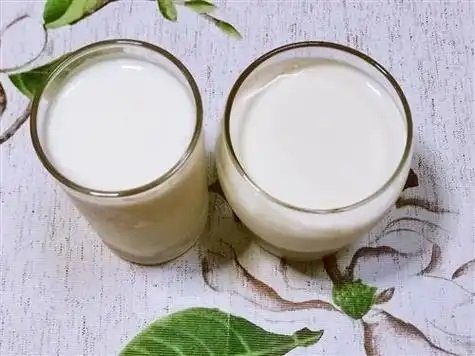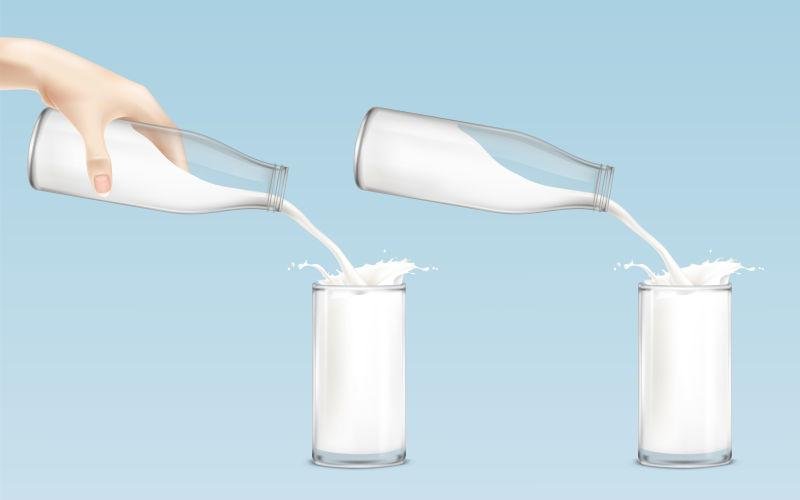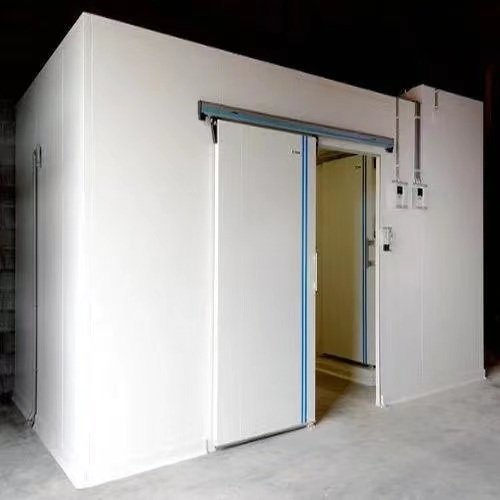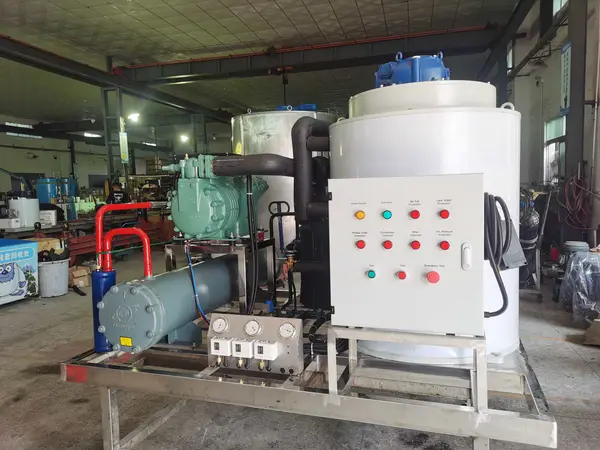In the dairy industry, extending the shelf life of milk in a cold room is crucial for reducing waste, maintaining quality, and ensuring food safety. Whether you’re a farmer, processor, or distributor, proper cold room storage can double or even triple the time milk stays fresh—often from 7-10 days to 21-30 days or more, depending on the milk type (pasteurized, raw, or extended shelf-life/ESL). This guide breaks down proven best practices, backed by dairy experts and refrigeration guidelines, to help you optimize your storage process. By following these steps, you’ll minimize bacterial growth, preserve nutrients, and keep your milk tasting fresh longer.
Why focus on cold room storage? Unlike home fridges, cold rooms handle larger volumes and require industrial-scale controls to combat temperature fluctuations from frequent door openings. This guide draws from dairy industry standards (e.g., from sources like Arla Foods and Tetra Pak) to provide actionable steps. By the end, you’ll have a foolproof system to keep your milk fresh, nutrient-rich, and market-ready.
Quick Benefits:
- Reduce Waste: Up to 30% less spoilage.
- Cost Savings: Extend inventory rotation without quality loss.
- Compliance: Meet food safety regs like FDA’s 45°F (7°C) max for Grade A milk.
Ready to chill like a pro? Let’s dive in.
Key Factors Affecting Milk Shelf Life
Before implementing steps, grasp the science behind milk spoilage. Milk’s high water content (87%) and nutrients make it a breeding ground for psychrotrophic bacteria (e.g., Pseudomonas), which thrive even at low temperatures.
Core Factors:
- Temperature: The #1 influencer—every 1°C rise can halve shelf life.
- Hygiene: Contaminants from air, hands, or equipment accelerate souring.
- Packaging: Oxygen exposure oxidizes fats, leading to rancidity.
- Humidity and Airflow: Excess moisture promotes mold; poor circulation creates warm spots.
- Light and Odors: UV light breaks down riboflavin; strong smells taint milk.
Targeting these can add weeks to your milk’s viability. For context, ESL (Extended Shelf-Life) milk uses pasteurization tweaks for 28+ days unopened, but storage is still key.

Step I: Set Up Optimal Temperature and Humidity Controls
Temperature is non-negotiable for extending milk shelf life in cold rooms. Aim for a steady 1-4°C (34-39°F)—this slows bacterial growth without freezing (which can damage emulsions in milk).
Detailed Implementation:
- Calibrate Your System: Use digital thermometers or data loggers to monitor multiple zones. Set the cold room to 2-3°C for bulk milk tanks and 4°C max near doors. Install alarms for deviations >0.5°C.
- Humidity Balance: Maintain 85-90% relative humidity to prevent drying out cartons (which cracks seals) but avoid condensation that breeds bacteria. Use dehumidifiers if needed.
- Minimize Fluctuations: Limit door openings to scheduled times (e.g., 2-3x/day) with rapid-recovery compressors. Insulate doors and seal gaps with weatherstripping.
- Pro Tip: For raw milk, cool immediately post-milking to <4°C within 2 hours using plate chillers—this “shock cooling” can extend life by 50%.
Expected Outcome: At 2°C, pasteurized milk lasts 21-28 days vs. 10-14 days at 7°C.
Step II: Choose and Prepare the Right Packaging
Packaging acts as a barrier against oxygen, light, and contaminants. Poor seals can cut shelf life in half, even in ideal temps.
Detailed Implementation:
- Select Materials: Use opaque, multi-layer cartons (e.g., Tetra Pak) or HDPE jugs for light protection. For bulk, opt for stainless steel tanks with sanitary fittings. Avoid glass for large volumes—it’s prone to breakage.
- Filling Best Practices: Fill at <5°C to minimize air pockets. Flush with nitrogen gas to reduce oxygen (cuts oxidation by 70%). Seal immediately and label with pack date.
- Handling During Transfer: Use sanitized hoses and pumps; avoid agitation that introduces air bubbles. For opened containers, reseal with screw caps and store upright.
- Pro Tip: For ESL milk, keep unopened packs at the back—opened, consume within 7-10 days.
Expected Outcome: Nitrogen-flushed packaging can add 7-14 days to freshness.
Step III: Maintain Strict Hygiene and Sanitation Protocols
Bacteria don’t need warmth to multiply—hygiene prevents cross-contamination from the start.
Detailed Implementation:
- Daily Cleaning Routine: Wipe shelves and floors with food-grade sanitizers (e.g., quaternary ammonium) at shift end. Rinse tanks weekly with hot water (60°C) and acid/alkaline detergents.
- Pest and Air Control: Install HEPA filters for air intake and UV lights for surface sterilization. Seal cracks to block rodents/insects.
- Staff Protocols: Mandate gloves, hairnets, and handwashing. Train on FIFO (First In, First Out) to avoid old stock buildup.
- Pro Tip: Test for coliforms monthly via swab kits—zero tolerance ensures compliance.
Expected Outcome: Proper sanitation doubles shelf life by reducing initial bacterial load from 1,000 to <100 CFU/mL.

Step IV: Organize Storage for Efficiency and Airflow
Uneven storage leads to “hot pockets” where milk spoils faster. Smart layout promotes even cooling.
Detailed Implementation:
- Shelf Layout: Use wire racks for airflow—space containers 2-3 inches apart. Store full pallets at the coldest core; lighter loads near the back.
- Zoning: Dedicate sections for milk types (e.g., raw vs. pasteurized) to avoid flavor transfer. Keep 6-12 inches from walls/floors for circulation.
- Loading Strategy: Rotate loads clockwise; unload oldest first. Avoid stacking >4 high to prevent crushing seals.
- Pro Tip: Use barcode scanners for inventory tracking—apps like DairyComp integrate with cold room sensors.
Expected Outcome: Good airflow maintains uniform temps, adding 5-10 days to edge-shelf milk.
Step V: Monitor and Rotate Stock Regularly
Ongoing vigilance catches issues early, preventing batch-wide losses.
Detailed Implementation:
- Daily Checks: Log temps twice daily; smell/test pH (ideal 6.6-6.8) on samples. Discard if sour or >7°C exposure >2 hours.
- Rotation Schedule: Weekly audits—pull expiring stock first. Use color-coded labels (green for new, yellow for mid, red for soon-out).
- Tech Tools: Invest in IoT sensors (e.g., Monnit) for real-time alerts via app. Track trends to predict shelf life.
- Pro Tip: For long-term, freeze surplus at -18°C in airtight bags—thaw slowly in fridge for 1-2 week extension.
Expected Outcome: Proactive monitoring reduces spoilage by 40%.
Additional Tips for Different Milk Types
Tailor your approach:
- Raw Milk: Cool ultra-fast (<1 hour post-milking); store in vented tanks. Shelf life: 3-5 days at 2°C.
- Pasteurized Milk: Focus on light-proofing; lasts 14-21 days.
- ESL Milk: Leverages microfiltration—unopened up to 28 days; refrigerate strictly.
- Powdered Milk: If dehydrating for ultra-long storage, use oxygen absorbers in cool (<10°C), dry conditions—3+ years shelf life.

Conclusion
Mastering how to extend shelf life of milk in a cold room boils down to temperature mastery, hygiene, and smart organization. Implement these steps, and you’ll not only cut waste but boost your operation’s efficiency. Start small—audit your current setup today—and scale up.
FAQs:
- What’s the ideal cold room temp for milk? 1-4°C.
- Can I freeze milk in a cold room? Yes, at -18°C for 1-3 months.
- How long does milk last in cold storage? 21-45 days with best practices.
Any comments?
Welcome leave a message or repost.









